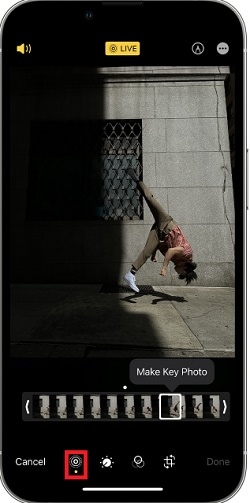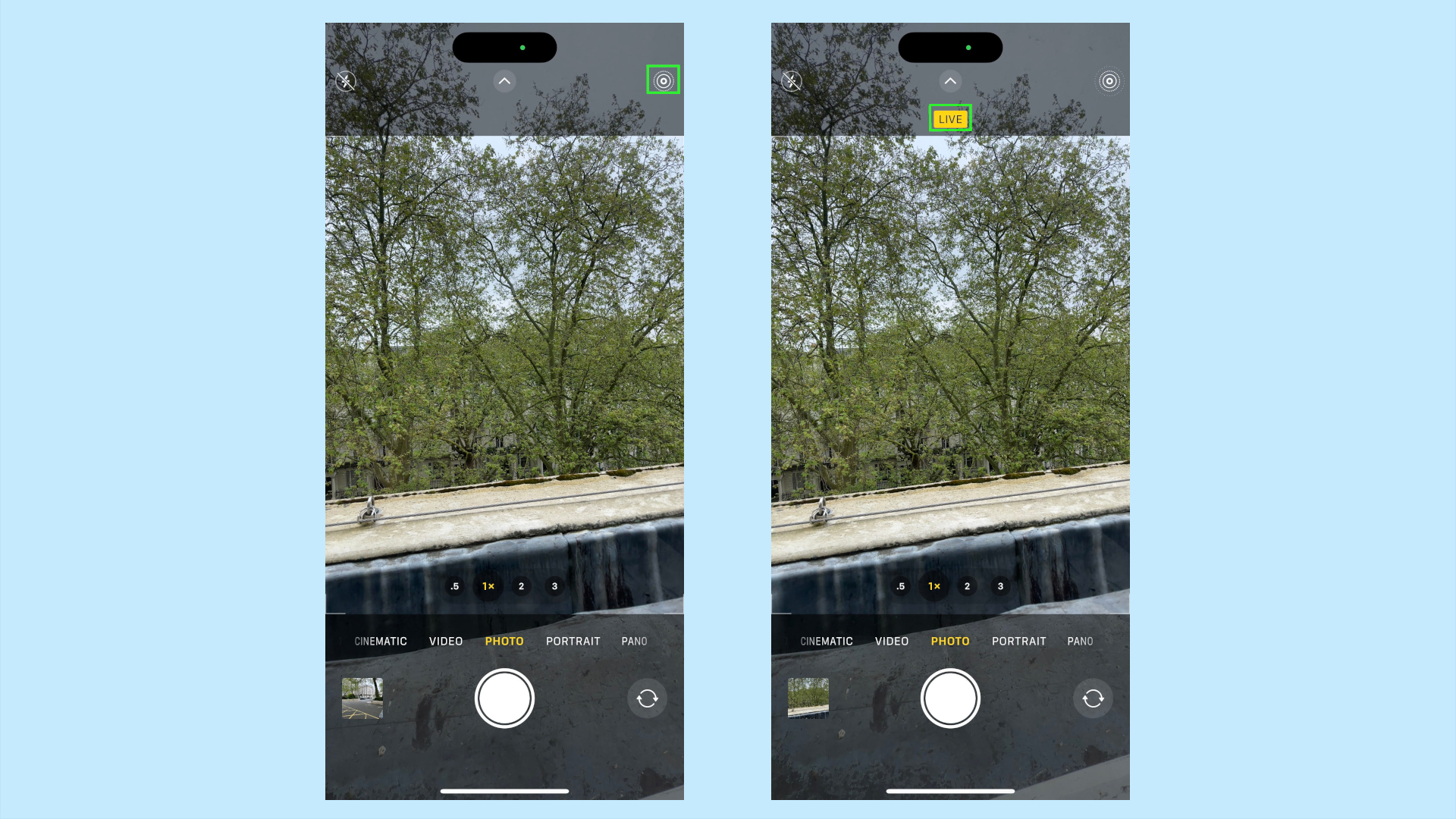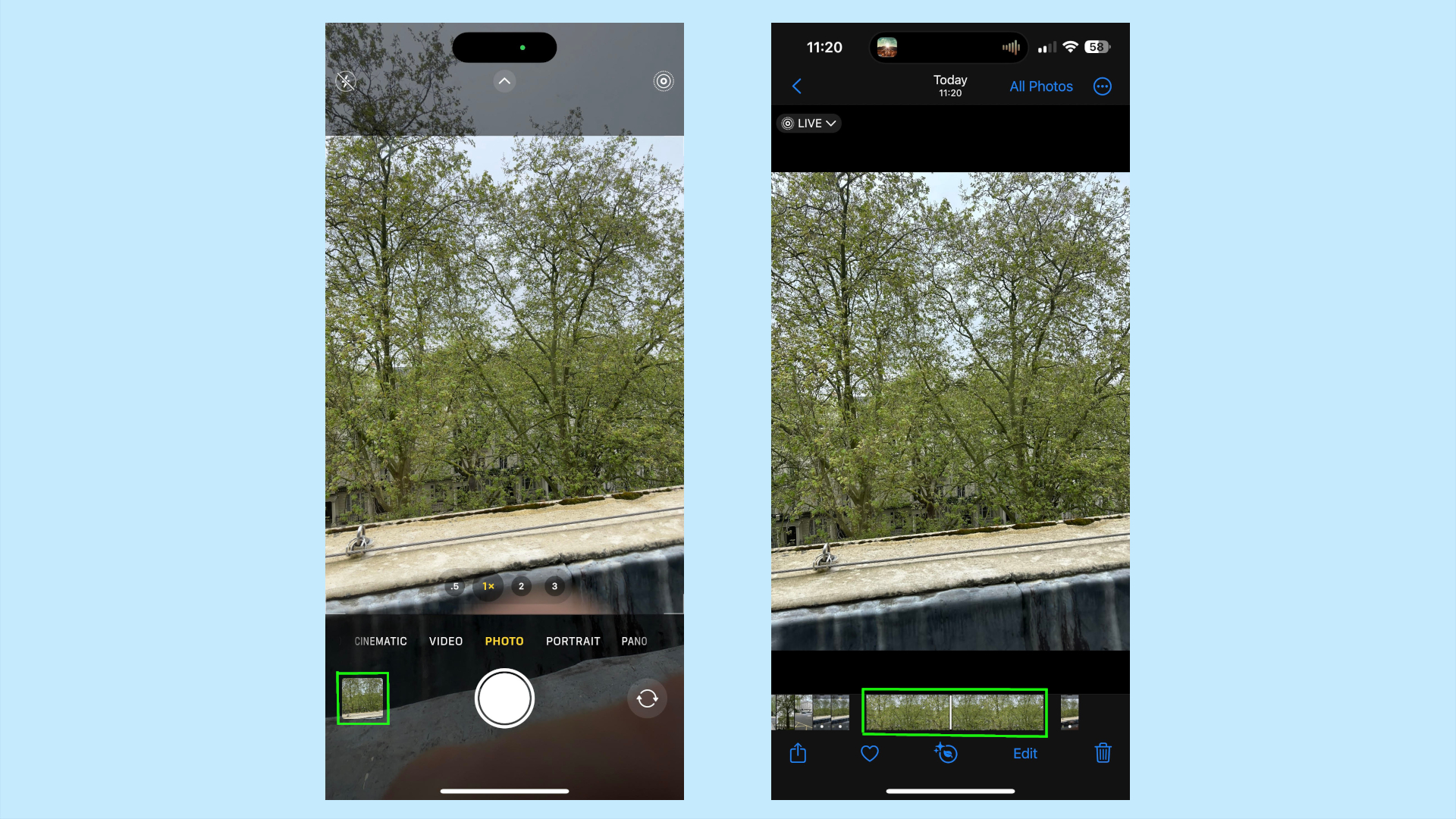Real-Time Communication: Breaking Down Digital Barriers
Real-time communication technology has become the backbone of modern digital interaction, enabling instantaneous connections across vast distances. The sophistication of today's real-time communication systems goes far beyond simple video calls, incorporating advanced features like screen sharing, collaborative whiteboards, file synchronization, and multi-party conferencing that maintain crystal-clear audio and video quality even under challenging network conditions.
The impact of real-time communication extends across industries, from healthcare providers conducting remote consultations to financial advisors meeting with clients worldwide. Educational institutions leverage these technologies to create virtual classrooms that rival in-person learning experiences, while businesses use them to maintain productivity and collaboration among distributed teams. The seamless integration of real-time communication tools into existing workflows has made remote work not just possible, but often more efficient than traditional office-based collaboration.
Security and privacy considerations have driven significant innovations in real-time communication platforms. End-to-end encryption, secure authentication protocols, and compliance with international data protection standards ensure that sensitive conversations remain confidential. These security measures, combined with user-friendly interfaces and reliable performance, have made real-time communication tools indispensable for professional and personal use alike.




